#SEEDS
Explore tagged Tumblr posts
Text

Tahini Sugar Cookies
107 notes
·
View notes
Photo

~ Cross Sections of an Apple ~
31 notes
·
View notes
Text


Clematis
#clematis#flowers#seeds#seedheads#photography#nature n#nature details#a game of tones#patterns in nature#bokeh#bokehlicious#original photographers#photographers on tumblr#lensblr#original photography#pws
19 notes
·
View notes
Text

#garlic#seeds#seed#agriculture#backyard#gardening#garden#fruit#vegetables#herbs#herb#foods#foodie#foodporn#food photography#foodgasm#food#ausgov#politas#auspol#tasgov#taspol#australia#fuck neoliberals#neoliberal capitalism#anthony albanese#albanese government#sesame seeds#chia seeds
67K notes
·
View notes
Text
"During an archaeological dig in a desert area north of Jerusalem 40 years ago, a seed was discovered which was determined to be in pristine condition but had obviously seen many a year.
Now, despite falling from its parent 1,000 years ago, it has grown into a mature tree, and botanists examining it believe it may be an extinct species that was used for medicinal purposes for thousands of years—even receiving a nod in the Bible.
Neither Israeli botanists, nor Dr. Sarah Sallon, a physician who founded the Louis L. Borick Natural Medicine Research Center at Hadassah University Medical Center in Jerusalem, could determine what species it was from simply from the seed covering. So they did what nature intended—they planted it.
Using a well-documented technique that saw 2,000-year-old date palm fruit pits germinate, Dr. Sallon soaked the seed in hormones, liquid fertilizer, and water, and then planted it in a pot of sterile seed; then waited.
Despite its genetic code being exposed to environmental stressors for over 1,000 years, the seed sprouted after 5 weeks. The shoot was protected by a caplike feature called an operculum. As the shoot grew, the operculum was shed—leaving something for the team to radiocarbon date. It narrowed down the age of the almost 10-centuries-old seed to between the years 993 an 1202.
Fast forward 14 years and the plant has become a 10-foot-tall tree. Dr. Sallon shared images of the tree, its bark, and its leaves with botanists around the world. One expert suggested it belonged to the genus Commiphora, found across the Arabian Peninsula and parts of Africa. A genetic analysis subsequently revealed this was the case, but a perfect match was lacking.
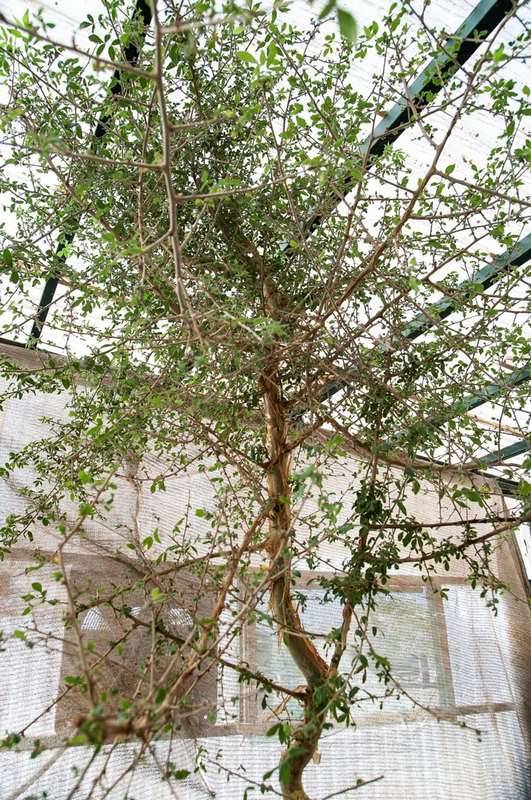
Pictured: The tree, now 14 years old.
Dr. Sallon and her team thought it was an extinct species known from history as Judean Balsam, but the best way to confirm that suspicion would be to have some aromatic traces similar to the resins of the myrrh tree to which it is related. However, no such fragrant compounds were detected.
Instead, the chemical analysis of the leaves identified a group of phytochemicals known as guggulterols which have been observed in a related species called Commiphora wightii that’s known to possess certain cancer-fighting properties in its resin.
A medicinal balm, the origin of which is not known, is mentioned in multiple historical texts including the Bible as ‘tsori,’ and rather than the fragrant Judean Balsam, it’s this tsori that Dr. Sallon and her team believe they have found.
They must wait until the tree, now 14 years old, produces flower or fruit to know for sure if it’s an extinct species, and if so, how to perhaps keep it alive.
Dr. Louise Colville, senior research leader in seed and stress biology at Royal Botanic Gardens, Kew, in London who wasn’t involved in the research, told CNN that it was a major accomplishment to grow a seed that old and possibly lead to a resurrection of this Biblical botanical.
“What’s surprising in this story is it was just a single seed and to be able to have one chance for that to germinate is extremely lucky,” she said.
“Working in a seed bank, seeing the potential for that extreme longevity gives us hope that banking and storing seeds that some at least will survive for very long periods of time.”"
-via Good News Network, October 8, 2024
--
Note: This is such a good demonstration of why seed banks are so important!! They give us such real and massive hope for deextinction and the revival of endangered species.
#botany#plant biology#endangered species#extinct species#deextinction#ancient medicine#jerusalem#biblical#medicinal plants#seeds#seed bank#good news#hope#paleobotany
9K notes
·
View notes
Text
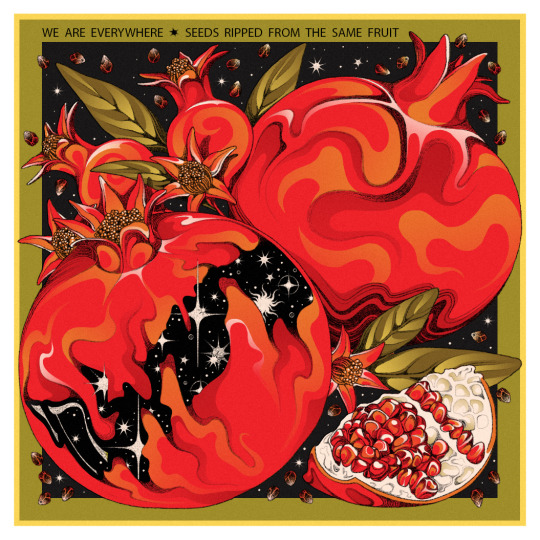
'Your children will be as abundant as the stars'
Stars, like seeds, are abundant.. But there is also the isolating distance between them as they've spread. It can be lonely but hope you feel safe and loved and there's beauty in the homes we've made all over.
#pomegranate#jewish art#jumblr#sending love to homies everywhere#im stressed out and tired but. its ok#we are still connected even with hundreds n thousands of miles between communities and i think that is beautiful#something i think diaspora communities in general relate to..#sleep now#seeds#clusters#trypophobia#just in case
3K notes
·
View notes
Text
Inside the Squirting Cucumber
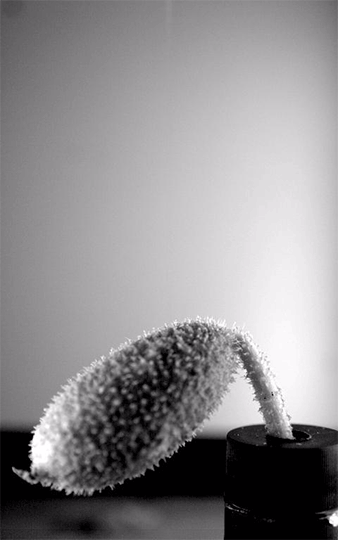
Though only 5 cm long, the squirting cucumber can spray its seeds up to 10 meters away. The little fruit does so through a clever combination of preparation and ballistic maneuvers. (Research and image credit: F. Box et al.; via Gizmodo) Read the full article
576 notes
·
View notes
Text

Hippie Bars
#hippie bars#bars#seeds#gluten free#dairy free#pepita#sunflower seed#recipe#nuts#almond flour#tapioca#almond#tapioca flour#oats#oatmeal#maple#refined sugar free#sesame#flax#hemp#almond butter#nut butter#coconut oil#thedefineddish
67 notes
·
View notes
Photo

~ Orange and Green ~
1K notes
·
View notes
Text




Распушившиеся одуванчик и чертополох в лучах золотистого осеннего солнца. Ноябрь 24. Fluffy dandelion and thistle in the rays of the golden autumn sun. November 24.
#русский tumblr#Россия#осень#природа#загородом#зеленая природа#одуванчик#травянистое растение#чертополох#семена#трава#закат#солнце#мои фото#Russia#autumn#nature#nature photography#outdoors#beauty of nature#grass#herbaceous planting#thistle#seeds#dandelion#sunset#sun rays#my photos#original photography#photographers on tumblr
338 notes
·
View notes
Text
8/14/2024
Next year, instead of shipping seed packets, they plan to give away seeds by hosting events and visiting cities around the Northeast.
539 notes
·
View notes
Text
"Inspired by an innovative Chilean forest restoration effort, the English town of Lewes is enlisting the help of dog walkers to rewild a local nature reserve.
Heavily degraded by foot traffic, the project co-opts dogs’ tendency to run about in the woods to spread wildflower seed from saddlebags strapped to a harness around the dog’s abdomen.
The idea mimics the function that wolves once played in that part of England, roaming over vast distances getting grass and flower seeds stuck in their coat, only to fall off and germinate somewhere else.
This helter-skelter seed-spreading is actually how many plants evolved to reproduce, and it’s key to maintaining a biodiverse and native ecosystem.
“We’re really interested in rewilding processes, but they often involve reintroducing big herbivores like bison or wild horses,” said manager Dylan Walker from the Railway Land Wildlife Trust who organized the project back in 2019.
“In a smaller urban nature reserve it’s really hard to do those things. So, to replicate the effect that those animals have on the ecosystem we aimed to utilize the vast number of dog walkers that are visiting the nature reserve daily.”
The saddlebags are filled with a variety of perennial plant seeds mixed together with sand. This allows the seed to be spread for longer across larger distances, while also providing a helpful tracking sign to inform the Trust’s employees where dogs are walking.
THE REWILDING MOVEMENT IN ENGLAND…
Salmon Return to the Heart of UK for First Time in 100 Years After Dam Removal: ‘It’s very rewarding’
‘Give Nature Space and it Will Come Back’: Rewilding Returns Endangered Species to UK Coast
Farmer Combats Flooding by Returning Creeks to Nature: ‘Wildlife That Has Come is Phenomenal’
Finally Rid of Invasive Shrubs, Scientists Use Lichen to Regrow the Celtic Rainforest in Loch Lomond, Scotland
2 Beavers Named Hazel and Chompy Reintroduced to English County–the First Ones to Live Here in 400 Years
“I signed up because it sounded like such a good fit. I was asked to place a harness on my chocolate cocker spaniel called Bertie and he ran around spreading seeds like wolves used to do many years ago,” Cressida Murray, a dog walker who regularly uses the nature reserve, told The Guardian.
Wolves were persecuted to extinction in England as early as the reign of Henry VII, who reigned during the latter third of the 15th century.
“A community-based project like this not only helps engage and teach people about the ecological impacts of wildlife but also allows us to make our wildlife and environments richer in the process,” said Walker."
-via Good News Network, July 30, 2024
#rewilding#cocker spaniel#dogs#doggos#animals#england#uk#wolves#ecosystem#ecology#wildflowers#seeds#plants#hope#dog walking#nature reserve#good news
3K notes
·
View notes
Text
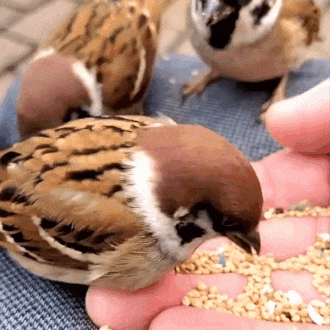

feeding tree sparrows 🪶 | source
1K notes
·
View notes
Text
Preliminary planning started back in 2011, and in 2020, the reservoir action management plan, a detailed 260-page document was published by the Klamath River Renewal Corporation – the non-profit entity formed to manage the entire dam removal project. ''The document gave us our targets, and has kept us on track," says Joshua Chenoweth, senior ripariani ecologist for the tribe who was hired to manage the revegetation project. Between 2018 and 2021 seed collection crews – many of whom are tribal elders – were hired to harvest native seeds, by hand, in preparation for the dam removal. They collected 98 species and around 2,000lbs (900kg) of seeds. The seeds were then dispatched to specialised nurseries, which propagated them en masse, and sent the seedlings to storage facilities where they were kept until the time came for them to be planted.
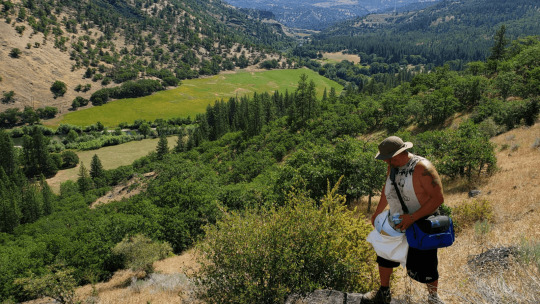
When it came to planting the seeds, Chenoweth has used a variety of methods, including seeding by helicopter alongside the old-fashioned way, by hand. Beginning straight after the first draining in late 2023, the team hand-sowed 500 acres of land, including 25,000 acorns. "It really is the most effective restoration tool. And the only reason we used a helicopter was when muddy conditions made it too dangerous for us to walk on the land." The results were "excellent", Chenoweth says. "Despite a hot and dry summer, where we've seeded is green, we're seeing flowering plants teeming with life. I counted eight different butterflies in the areas we hand-seeded. There's moths, hoverflies, bees, birds. It's been a really exciting first year." The team will continue to seed and plant the area for another two years, prioritising the tributaries important for salmon habitat. "The first year has definitely given me a lot of hope," Chenoweth, "but it'll probably get more challenging from here. Now we're completely at the mercy of Mother Nature."
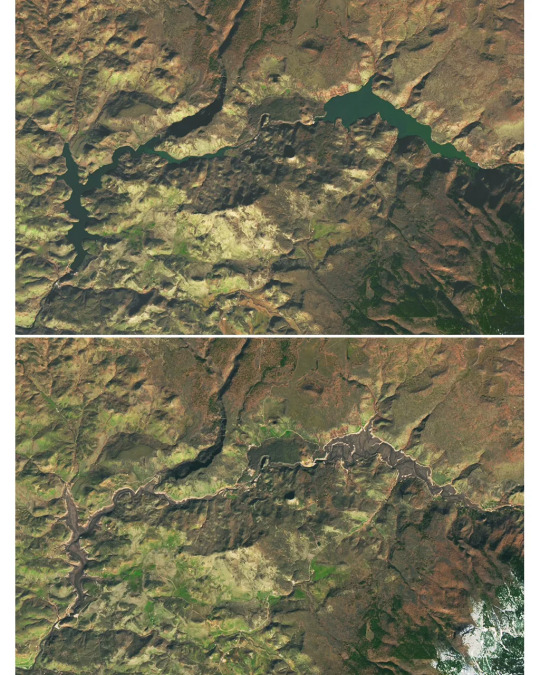
173 notes
·
View notes









